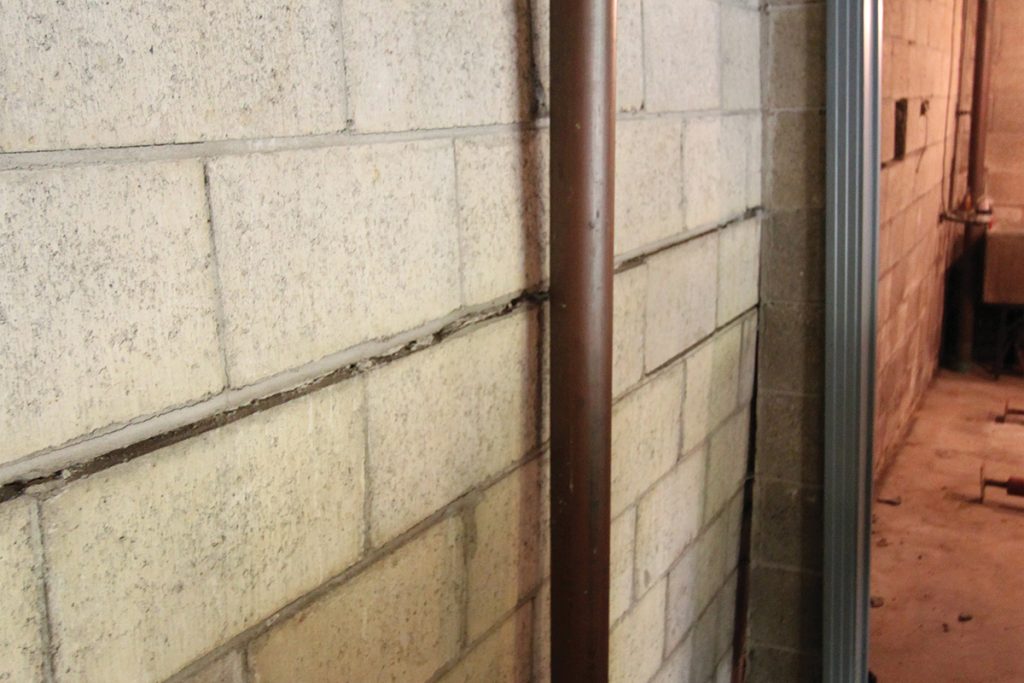Introduction
We’ve published this article in order to educate homeowners on how to recognize the signs that a home was previously a marijuana grow operation because such homes are both a potential health hazard, and their market value is significantly lower than that of comparable homes.
With the advent of the full height basement, the regular use of basements as a living space has increased considerably compared to the dark and damp, low height basements of yesteryear. Today, almost everyone desires a finished basement, which adds a significant amount of livable space and increased resale value to a home. During the past three decades, many newly constructed homes in the Greater Toronto Area (GTA) have a significantly greater square footage than homes built during the post war era.
The construction of very large homes and the rental of these homes is in no small measure responsible for the exponential growth of yet another phenomenon: the basement cannabis grow operation.
The relationship between grow operations and foundation repairs
How does a marijuana grow op relate to foundation repairs? Quite simply, the foundations of those homes used for grow ops are deliberately damaged in order to setup the infrastructure for such operations.
We are publishing this blog article in the hope that someone, somewhere, will have read it and thus, be aware of the obvious foundation repairs that confirm that they are in a home that was formerly a marijuana grow op.
Marijuana grow ops cause high basement humidity
Growing marijuana results in very warm indoor temperatures because of the amount of indoor light required to grow the plants. In addition, the practice also requires a significant amount of water. These conditions, primarily the resulting high relative humidity, are ideal for mold growth. The health risks associated with the presence of mold are well known today and the main reason why homes, that were used to grow marijuana, are systematically gutted and restored as part of the mold remediation process to make the homes suitable and safe for habitation.
The longer the home has been used for growing operations, the more prevalent the presence of mold is likely to be; in fact, mold is often found growing within the walls, in the attic and on most organic surfaces (wood and drywall for example). It is because of the known health risks associated with mold that people generally refrain from purchasing these properties (when they know about it…).
Marijuana growing operations are typically conducted in large homes with big basements and these homes used for grow ops are generally rented.
Grow op specific foundation repairs
Marijuana growing operations require a significant amount of electricity to power the lighting, consequently, the hydro bills are typically huge. Since electricity consumption would be inconsistent with similarly sized homes in the area, electrical service providers would soon be alerted to the abnormal consumption of power. To deal with this problem, grow ops steal electricity; this is accomplished by cutting a hole through the foundation and taking hydro before the wires reach the meter. This hole is typically rectangular, measuring approximately 15 inches wide by 24 inches high. The image below shows an area of the foundation wall that was patched in order to fill the hole created to steal the electricity. Unfortunately the new purchasers of this home had no idea that it was likely a former grow op notwithstanding the fact that there are rules in place concerning disclosure to potential purchasers of the property by Realtors.
Since cutting a hole in the wall of this size does not present a structural concern for the foundation, the required foundation repair is nothing more than filling the hole with concrete. However, the “filler” concrete will shrink as it cures, creating a seam / gap around the perimeter of the repair; in the image above you can see the streak marks from water that has leaked into the basement. This seam will need to be waterproofed in order to prevent the possibility of future basement leaks.
Another sign that a home was formerly a grow op
In addition to the standard hole in the foundation wall to steal electricity, there are, apparently, drainage requirements as well. In the grow houses that we have encountered thus far, we noticed two cut-outs in the basement floor slab measuring approximately 9 ft² each. When these areas are repaired after the grow op gets busted, the repaired concrete does not have the same surface texture as the original basement floor slab. This textural difference makes it easy to tell that there have been repairs to the floor slab.
If you are planning on buying a resale home, look for these signs in the basement. From our experience you cannot entirely rely on anyone to point out to you basement repairs that you expect would be obvious to a trained eye.
